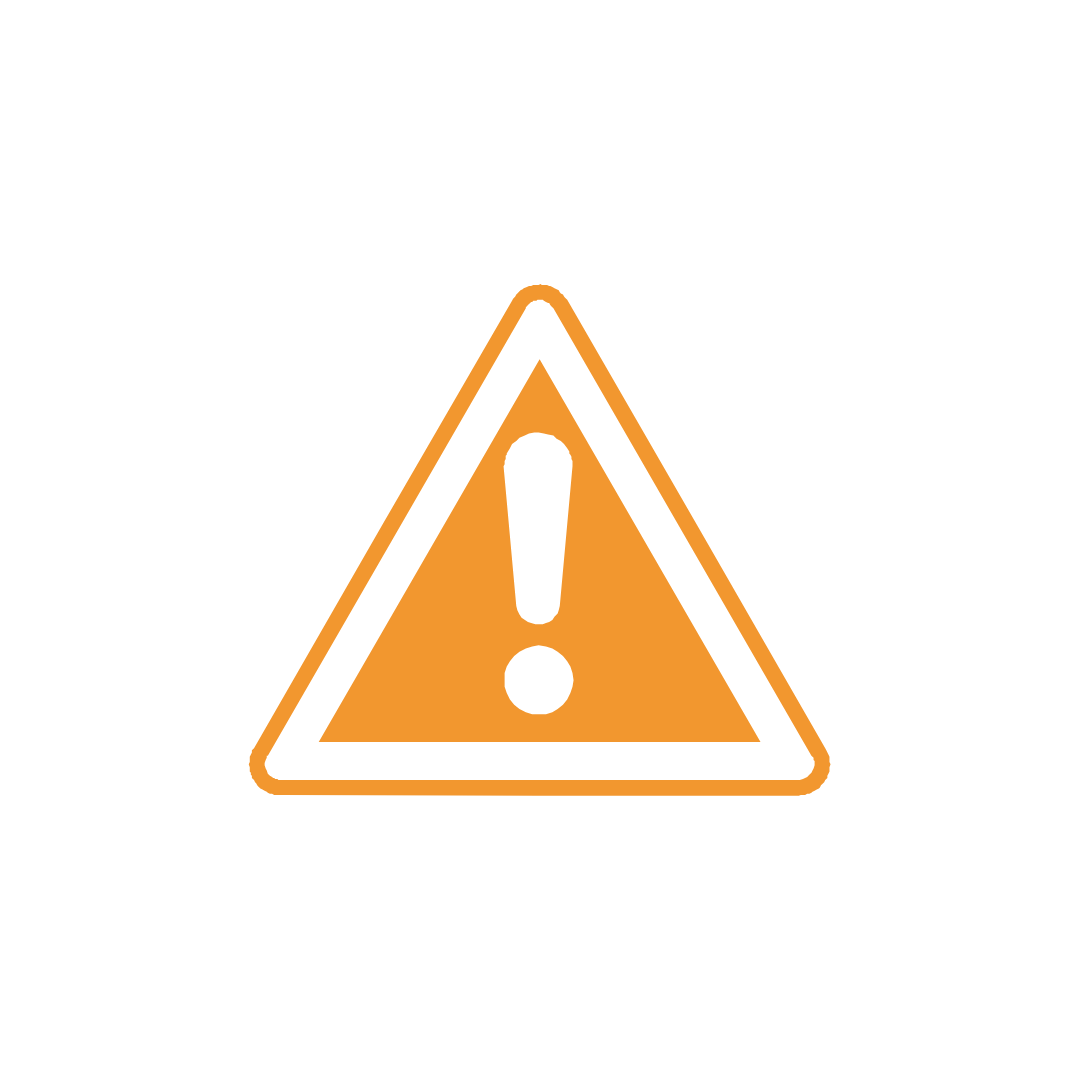
WE PROVIDE PROMPT AND RELIABLE COMMERCIAL SPECIAL HAZARDS INSPECTION, REPAIR, AND SERVICE.
Examples of inspections and tests that Fire Protection Services can provide for Special Hazards systems include:
- Inspection of gaseous fire suppression systems, ensuring proper pressure levels, cylinder integrity, and valve operation.
- Verification of detection systems, including heat, smoke, and flame detectors, to confirm proper functionality and sensitivity.
- Testing of automatic and manual activation systems, ensuring immediate and reliable discharge in the event of a fire.
- Inspection and maintenance of release panels and control systems, verifying electrical connections, alarm functionality, and system programming.
- Assessment of agent discharge paths and nozzles, confirming unobstructed flow and correct alignment.
- Monitor and measure suppression agent levels, refilling or recharging cylinders as needed.
- Annual testing of system performance, ensuring compliance with National Codes and Manufacturer specifications.
- Regular inspection of room integrity to confirm proper enclosure for gaseous suppression effectiveness.
- Review of system integration with auxiliary devices, such as HVAC shutdowns, dampers, and alarms.
CONTACT US
